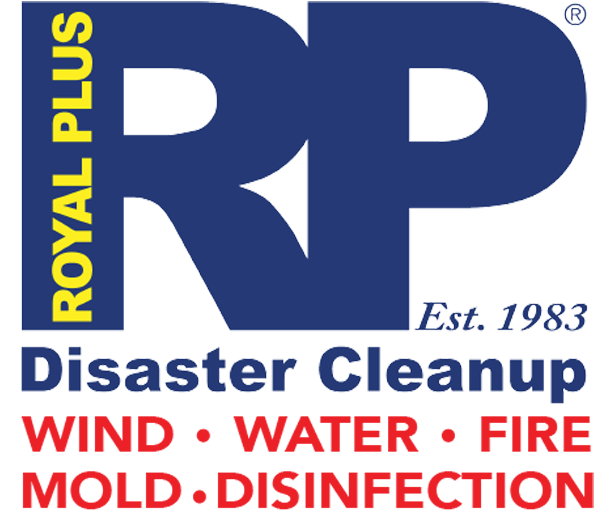Hurricanes are some of the most powerful and destructive natural phenomena on Earth. These massive storms can cause widespread damage, making it crucial to understand how they form and develop.
1. The Role of Warm Ocean Water
The formation of a hurricane begins over warm ocean waters, typically in tropical and subtropical regions. The sea surface temperature must be at least 26.5°C (80°F) to provide the necessary heat and moisture to fuel the storm. Warm water evaporates, adding moisture to the air above it. This moist air is crucial for the development of thunderstorms, which are the building blocks of hurricanes.
2. Atmospheric Instability
Warm, moist air rising from the ocean surface creates an area of low pressure beneath it. As this air rises, it cools and condenses to form clouds, releasing latent heat in the process. This heat warms the surrounding air, causing it to rise further and continue the process. The rising warm air forms clusters of thunderstorms. These thunderstorms begin to organize into a more unified system as the process continues.
3. Low Wind Shear
For a tropical storm to develop into a hurricane, the wind shear in the atmosphere must be low. Wind shear refers to the change in wind speed and direction with height. High wind shear can disrupt the storm’s organization by tilting its structure and dispersing its heat and moisture. Low wind shear allows the storm to maintain its organized structure, which is essential for further development and intensification.
4. The Formation of a Tropical Depression
As the thunderstorms become more organized, the system begins to spin due to the Coriolis effect, which is caused by the Earth’s rotation. This spin is essential for the development of the storm’s characteristic circular motion. The developing system starts to exhibit cyclonic rotation, creating a more centralized area of low pressure.
5. Development into a Tropical Storm
When the system’s sustained winds reach 39 mph (63 km/h), it is classified as a tropical storm and given a name. At this stage, the storm’s structure becomes more defined, with a clear center and organized bands of thunderstorms. Tropical storms are named to help with public communication and awareness. The naming convention follows a predetermined list of names for each hurricane season.
6. Becoming a Hurricane
The system becomes a hurricane when its sustained winds reach 74 mph (119 km/h). Hurricanes are categorized based on their wind speeds using the Saffir-Simpson Hurricane Wind Scale, ranging from Category 1 (the weakest) to Category 5 (the strongest).
A well-developed hurricane has a distinct eye at its center, surrounded by the eye wall, where the most severe weather occurs. The eye is typically calm, while the eye wall features intense thunderstorms and the highest winds.
7. The Life Cycle and Dissipation
Hurricanes can continue to strengthen if they remain over warm waters and encounter favorable atmospheric conditions. However, several factors can cause them to weaken and dissipate:
-Landfall: When a hurricane moves over land, it loses its primary energy source of warm ocean water, causing it to weaken.
-Cooler Waters: If a hurricane moves into cooler waters, the reduced heat and moisture can lead to its weakening.
-Increased Wind Shear: High wind shear can disrupt the storm’s structure, causing it to dissipate.
Conclusion
Understanding how hurricanes form is crucial for predicting their paths and preparing for their impacts. These powerful storms result from a combination of warm ocean waters, atmospheric instability, low wind shear, and cyclonic rotation. By studying these conditions, meteorologists can better forecast hurricanes and provide early warnings to those in their paths. Stay informed and prepared to ensure your safety during hurricane season.
At Royal Plus Disaster Cleanup, we are dedicated to helping you recover from the impacts of hurricanes and other disasters. If you need assistance with disaster restoration, don’t hesitate to contact us for professional and reliable services.




Recent Comments